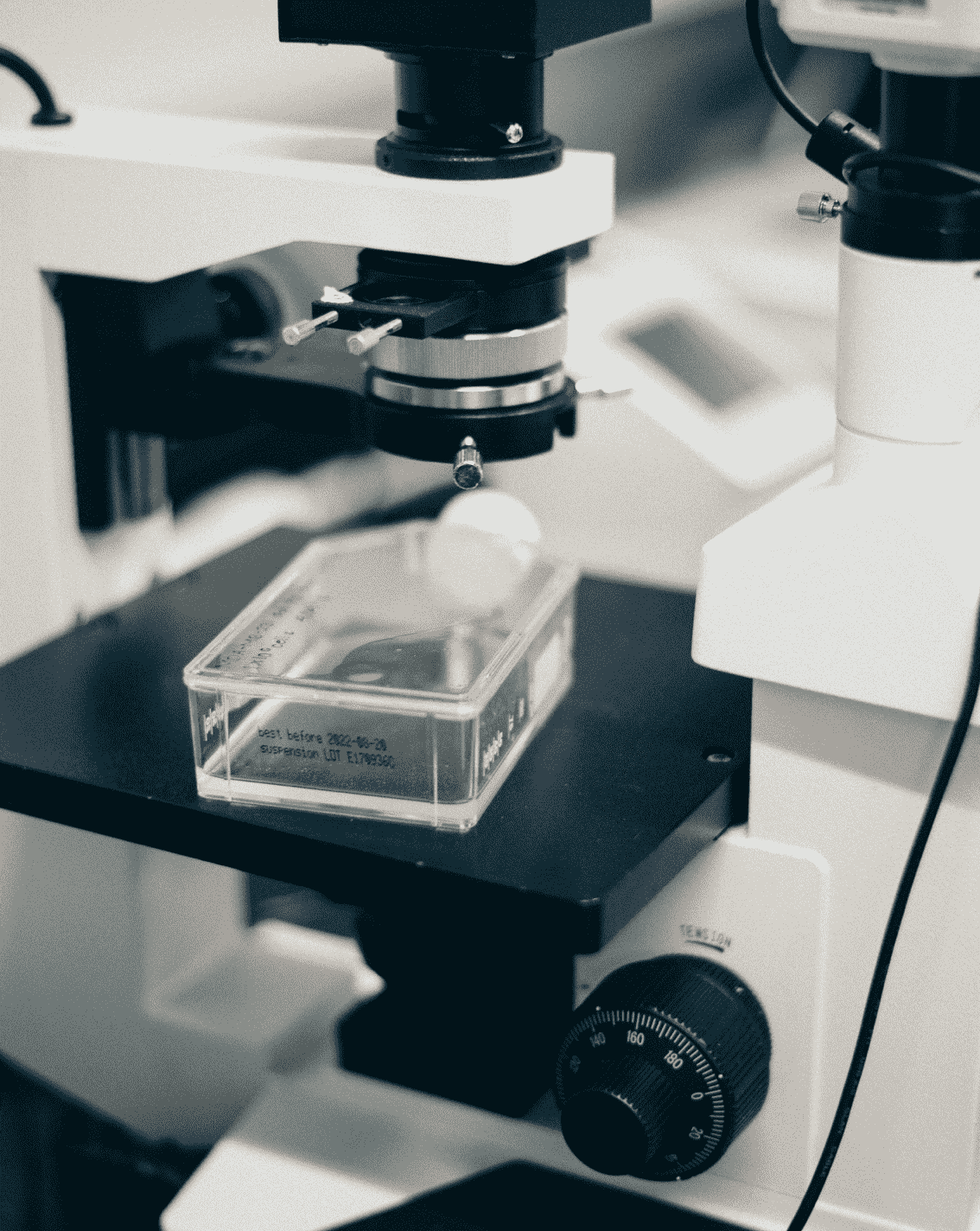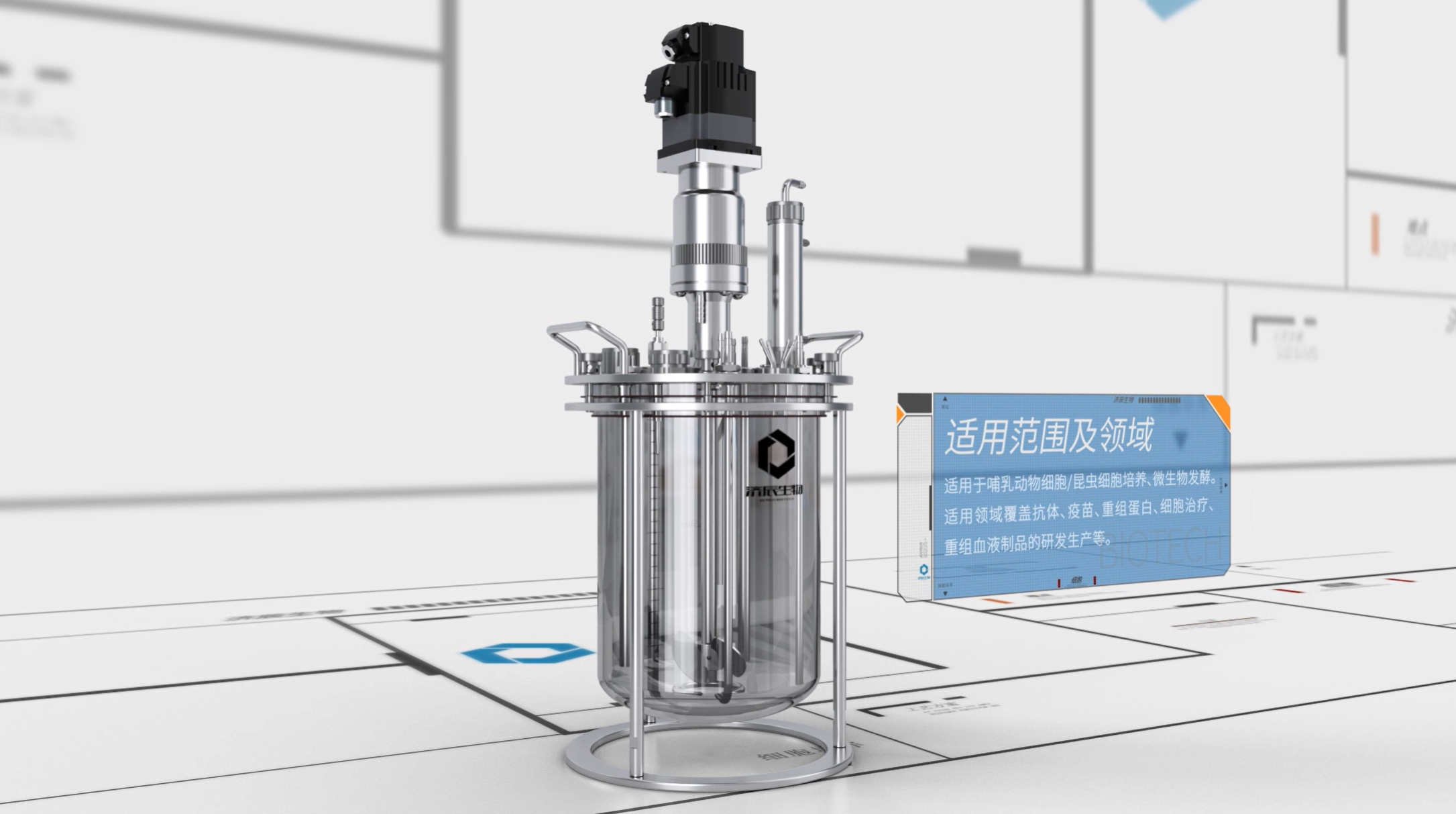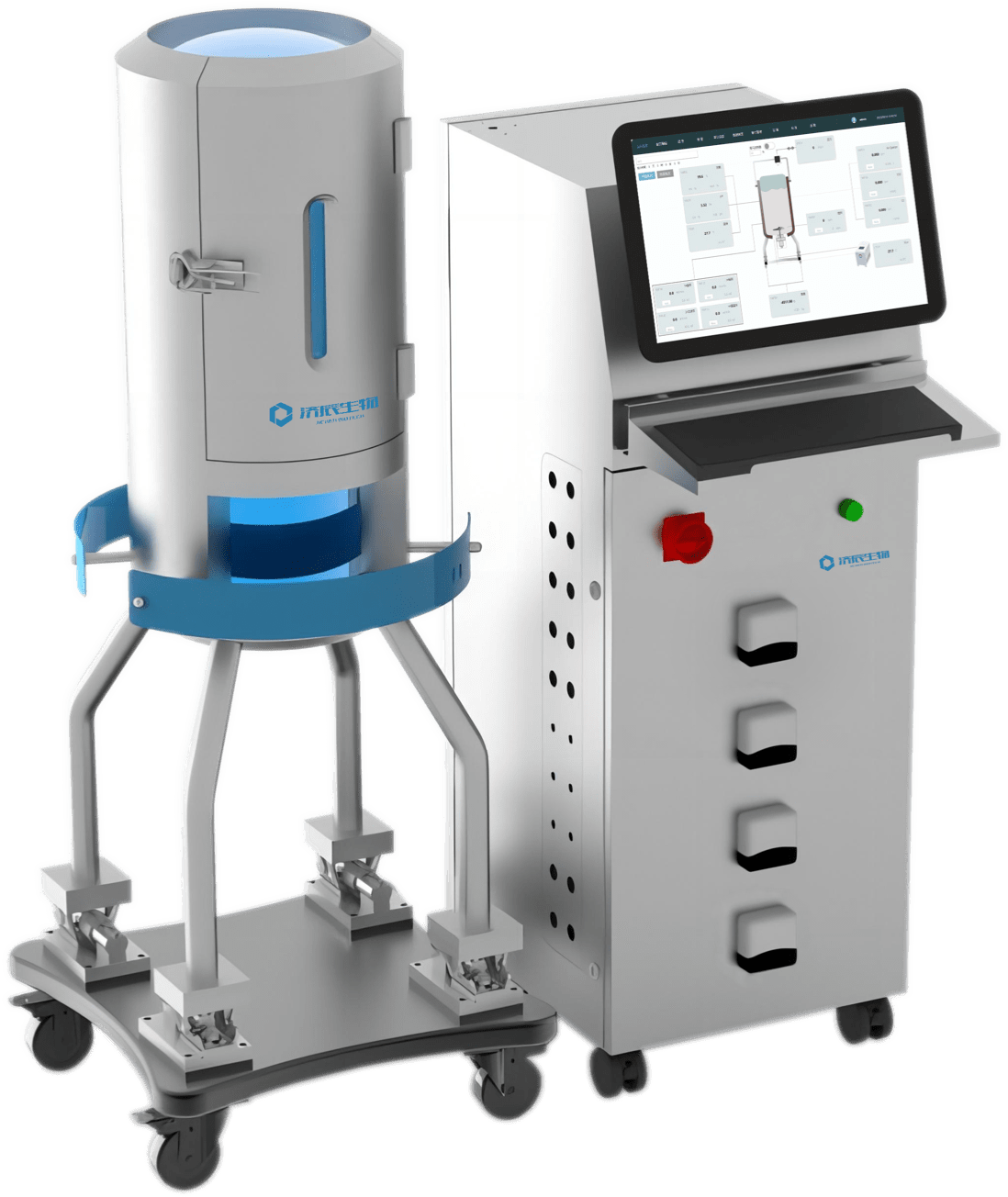In today's information age, all kinds of systems, software and devices are increasingly widely used, and while they bring convenience to our life and work, they also put forward higher requirements for performance optimization. Parameter setting, as a key factor affecting system performance, is getting more and more attention. In this paper, we will analyze the definition, importance, methods and practical applications of parameter settings in depth, and provide practical dry goods for our readers.
Definition and Importance of Parameter Settings
1. Definition of
Parameter setting refers to the process of adjusting the relevant parameters according to the actual needs during the operation of the system, software or equipment. These parameters include, but are not limited to, hardware configurations, software options, algorithmic parameters, etc., which together determine the system's working state and performance.
2. Importance
(1) Improve the system performance: Reasonable parameter settings can enable the system to achieve the optimal operating state and improve the working efficiency under the premise of meeting the requirements.
(2) Reduce energy consumption: By optimizing the parameter settings, the system can be ensured to operate normally while reducing energy consumption and saving resources.
(3) Extend the life of the equipment: Reasonable parameter settings help to reduce the loss of equipment and extend the service life.
(4) Enhance the user experience: Optimizing the parameter settings can make the software and equipment better adapt to the user's needs and enhance the experience.
Methods of parameter setting
1. Determine the objective
Before proceeding with the parameter setting, it is important to first define the optimization objective. For example, to improve the system operation speed, to reduce energy consumption, to improve the image processing effect and so on. Different objectives may lead to different directions and focuses of parameter settings.
2. Analyze the current situation
to understand the performance of the existing system, software, or equipment, and to find out the problems that exist, in order to provide a basis for subsequent parameter adjustment.
3. Check the information
For specific problems, check the related technical documents, forums, blogs, etc., to understand the parameter setting experience of other users in similar scenarios.
4. Step-by-step adjustment
(1) Hardware parameter setting: Adjust the hardware parameters, such as CPU, RAM, and graphics card, according to the performance of the device, workload, and other factors.
(2) Software parameter settings: Adjust the running parameters, such as the number of threads, cache size, rendering mode, etc., for different software.
(3) Algorithm parameter setting: optimize the algorithm parameters according to the actual demand to improve the calculation precision and speed.
5. Verify the effect
After the parameter adjustments, test the performance of the system, software, or equipment to verify the effect of the parameter settings. If necessary, the above steps can be repeated to further optimize the parameters.
Parameter setting is a key step in optimizing the performance of the system, and mastering a reasonable method of parameter setting can effectively improve the efficiency of the work, reduce energy consumption, and extend the life of the equipment. In practical applications, we have to continuously adjust and optimize the parameters according to specific scenarios and needs to achieve the best performance performance. We hope that through the introduction of this article, readers can have a deeper understanding of parameter settings and play its important role in actual operation.









